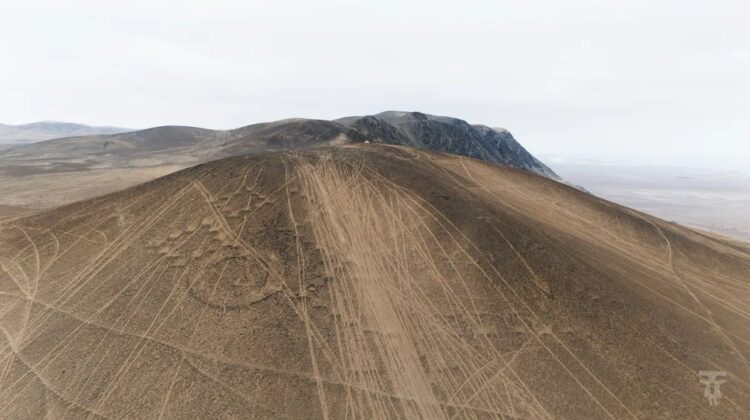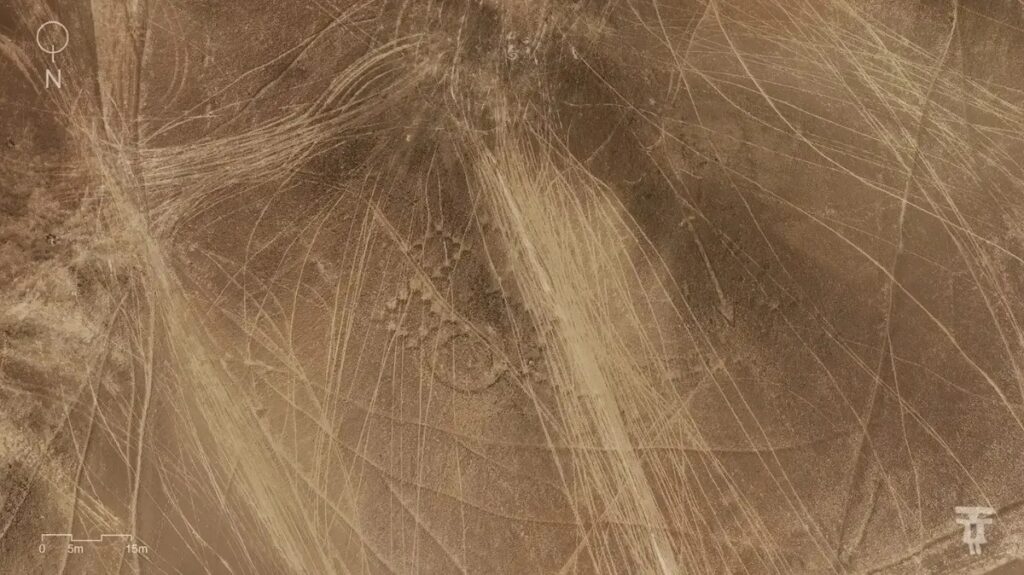
The Atacama Desert, a vast, arid expanse in Chile, is renowned for its otherworldly beauty and extreme conditions. But beneath its desolate surface lies a treasure trove of ancient history: geoglyphs, intricate carvings etched into the desert floor by Indigenous peoples centuries ago. Sadly, these invaluable cultural artifacts are facing a new threat: the reckless actions of racing cars and motorcycles.
The Destruction of Ancient Art
A collection of geoglyphs in the Alto Barranco region of the Atacama Desert has suffered significant damage due to the passage of off-road vehicles. These ancient artworks, created between 900 and 1450 CE, were meticulously carved into the desert surface by removing darker rocks and pebbles, revealing a lighter layer beneath. The arid climate of the Atacama has preserved these geoglyphs for centuries, but the onslaught of modern vehicles has irrevocably altered their appearance.

Image courtesy of the Atacama Desert Foundation
Blame Game and Preservation Efforts
While organizers of the Atacama Rally deny any responsibility for the damage, blaming unauthorized off-road activities and mining operations, archaeologists and preservationists are calling for stricter measures to protect these invaluable cultural heritage sites. Signs have been placed around the geoglyphs, but their effectiveness is questionable. Local authorities are urged to take more decisive action to prevent further destruction.

Image courtesy of the Atacama Desert Foundation
The Importance of Geoglyphs
Geoglyphs, found across the globe, offer a glimpse into the lives and beliefs of ancient civilizations. These intricate carvings often depict animals, humans, and geometric shapes, providing valuable insights into their artistic traditions and worldview. The Nazca Lines, another famous example of geoglyphs in South America, have also faced threats from human activity.
The destruction of the Atacama Desert geoglyphs is a stark reminder of the fragile nature of our cultural heritage. As we continue to explore and appreciate these ancient wonders, it is imperative that we take steps to protect them from the ravages of modern times. By promoting responsible tourism and implementing effective conservation measures, we can ensure that these invaluable artifacts remain a testament to the ingenuity and creativity of our ancestors for generations to come.

Leave a Reply